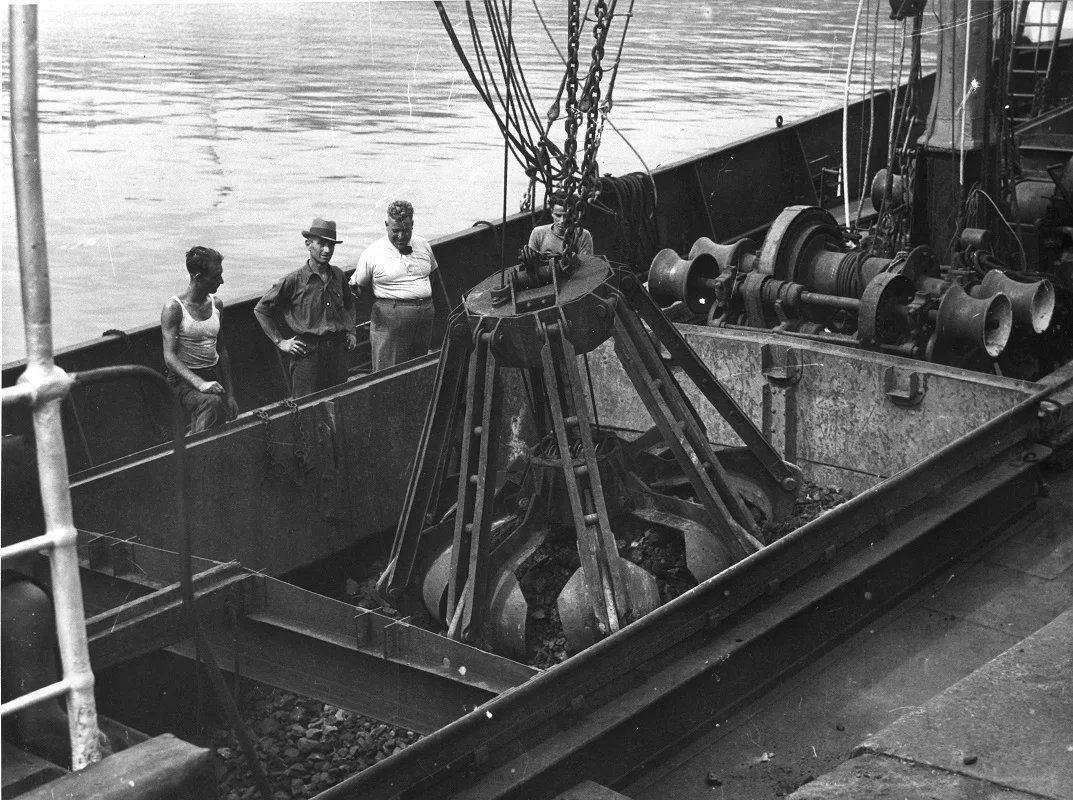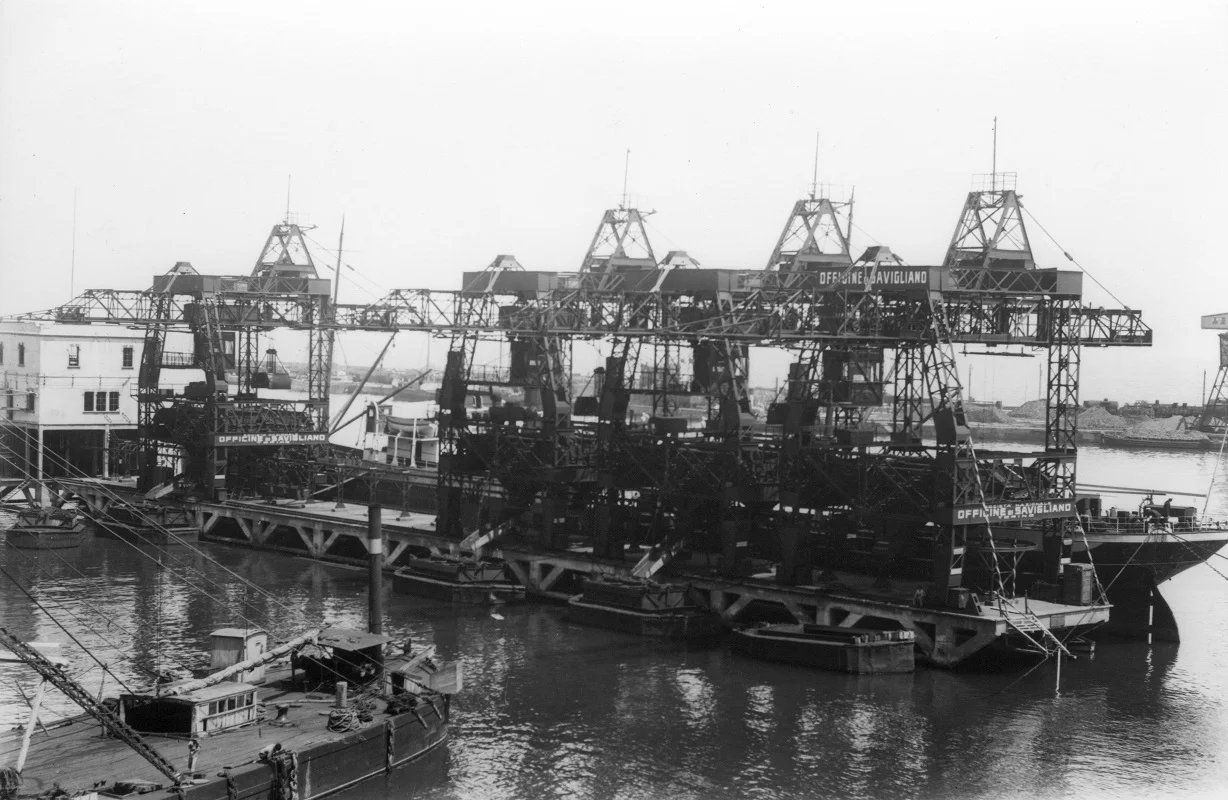
History
Historical Archive
The Western Ligurian Sea Port Authority, which replaced the Port Authority of Genoa and the Consorzio Autonomo del Porto di Genova (CAP) in 2017, preserves, in its Historical Archive, documentary heritage which testifies the origin and growth of Genoa port since the mid 19thcentury.
The Historical Archive essentially features three main sections: documentary, cartographic plan and photography.
The oldest heritage preserved in the Archive is a fully comprehensive documentation produced by Genio Civile (projects, reports, architectural drawings, topographic maps etc.), dating back to the second half of the 19th century and illustrating the original port layout after the donation received from Raffaele De Ferrari - Galliera in 1875/76. The CAP archive encompasses different sections (Presidency, Secretariat General, Works Administration, State properties, etc) covering the whole life of the Local Body from 1903 to 1994.

The documentation focusing on the first half of the century features a particularly important issue closely related to the future development and layout of the port. An extremely interesting section is the one giving evidence of post-war destruction along with the subsequent urban reconstruction. The historical archive also preserves, as from 1903, when CAP was established, all formal documents drawn up by the local Body (Assemblies, Committees, Advisory Committees, Decrees, Executive orders, Service Orders, Regulations, Financial Statements, Rates, etc..), besides a variety of publications (Official Journal and future issues) as well as a thorough collection of statistical analysis. In addition, even all C.L.N.-related documents, drawn up in 1945 and 1946, may be interesting at least from a historical point. This public body managed the port of Genoa until President Carlo Canepa was appointed.
The historical topographic map collection encompasses about 200 topographic and cadastral maps of the port (a database is partially available) since the first decade of the 19th century: a real treasure substantiating the development of Genoa port. Finally, over 20,000 photographs, from the late '800s onwards, complement the comprehensive collection preserved in our Historical Archive.








